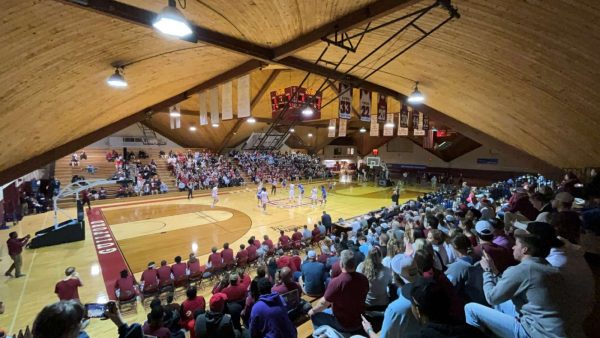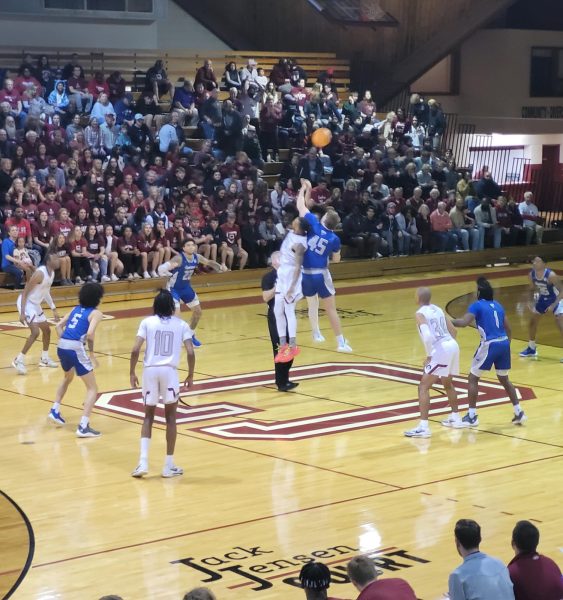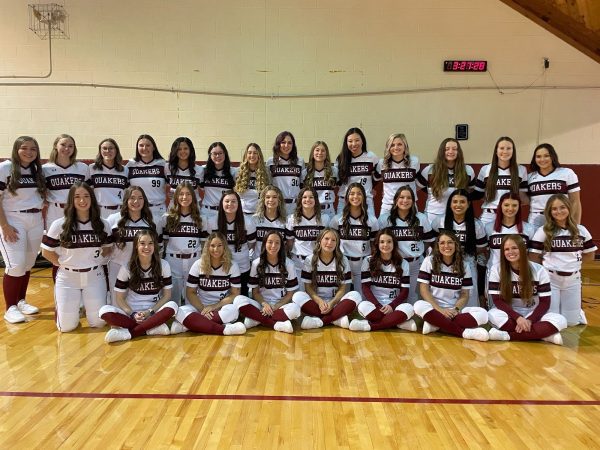Tale of young female wrestler illustrates gender bias
In the realm of contemporary sports, wrestling sets itself apart because of its history. Wrestling has existed for 15,000 years and was one of the events at the first Olympic games held in 776 B.C.
Although wrestling typically has been a male-dominated sport for most of its history, the sport’s demographic is changing rapidly as more women set foot on the mat. Unfortunately, societal views on girls participating in traditionally male sports are not changing as quickly.
Trista Blasz faced this harsh reality when she was not allowed to join her high school wrestling team on the basis of her gender.
According to The Washington Post, Blaz, a wrestling national champion, was only in seventh grade when she was invited by a high school coach to wrestle on his team. Blasz was ecstatic to join the team and take on the challenge of wrestling opponents that were several years older than her. However, the offer ended abruptly when the high school’s physician would not clear her to wrestle for the team.
The reason that Blasz was denied approval to join the team was based on a medical form filled out by the physician, Michael Terranova.
According to The Washington Post, Terranova wrote, “Girls don’t play boys sports in Lancaster (Pennsylvania) schools.”
Regardless of Blasz’s years of experience and national titles, gender boundaries acted as a wall between her and her sport. Blasz had wrestled boys and girls for years preceding this injustice. In a sport that is divided by weight classes, physical stature does not play as big a role as in other sports. It was not until Blasz’s mother fought Terranova’s evaluation that things started to turn in Blasz’s favor.
When Danielle, Blasz’s mother, read Terranova’s hastily scribbled note, she got the media involved. First, she went to school administrators and then to a local news station to tell her daughter’s story. When the station aired a piece on the inequity of the school system, the school board called a meeting. As reported by The Washington Post, the board voted to fire Terranova and end the contract with his office. The board also decided to undercut the previous decision and allow Blasz to wrestle for Lancaster High School.
Fortunately, Blasz eventually made it to a high school team, but the process for a girl to join was much more difficult than for a boy. This kind of disparity can be felt across the sport of wrestling and other sports that are considered to be traditionally male.
Female students in most North Carolina public schools are permitted to wrestle for their school’s team provided that they meet the requirements. Wrestling is intramural, with girls wrestling with boys at practice and at tournaments. This trend extends into the private wrestling groups as well.
Private wrestling clubs in the Greensboro area train during the offseason so athletes do not lose their edge. These clubs also permit females to wrestle with their male counterparts and give them access to the same lessons and training.
Wrestling as a sport should be a model of inclusiveness to the rest of the sporting community. Although there are differences between male and female athletes, if they compete on the same level, they should be allowed to compete against each other. If sports are designed to determine who is the best, girls should have as equal a shot at the title as boys.











Abby • Dec 22, 2019 at 12:56 pm
Hi, Nathan!
Just wanted to let you know that this happened in Lancaster, New York, not Lancaster, Pennsylvania.